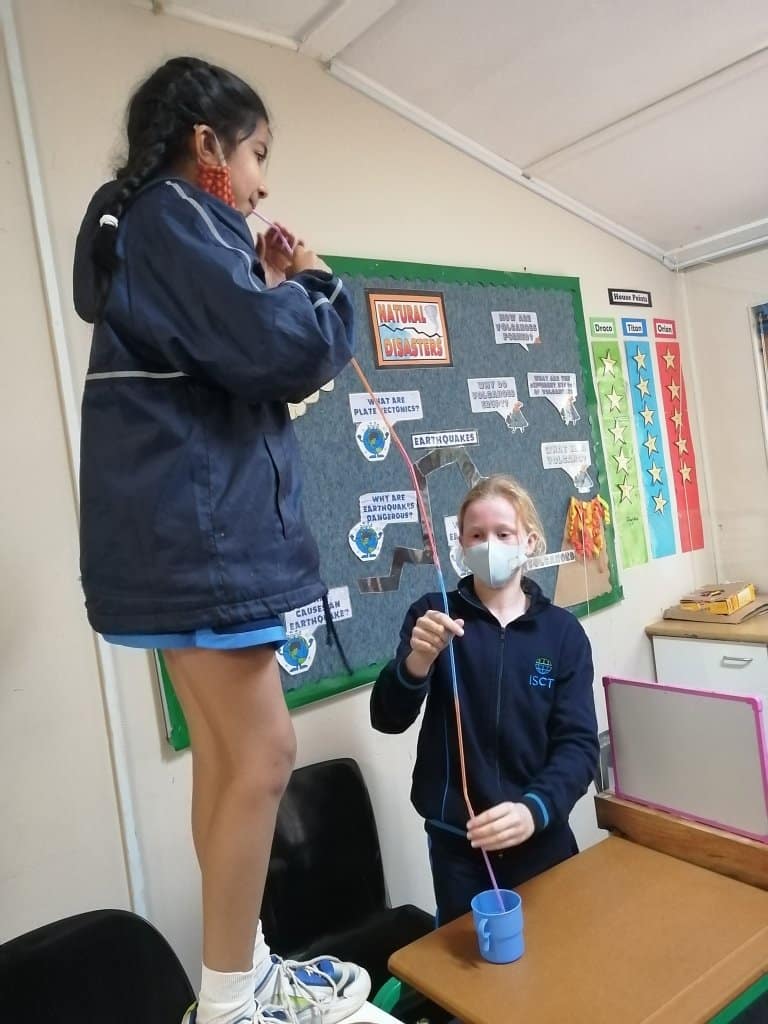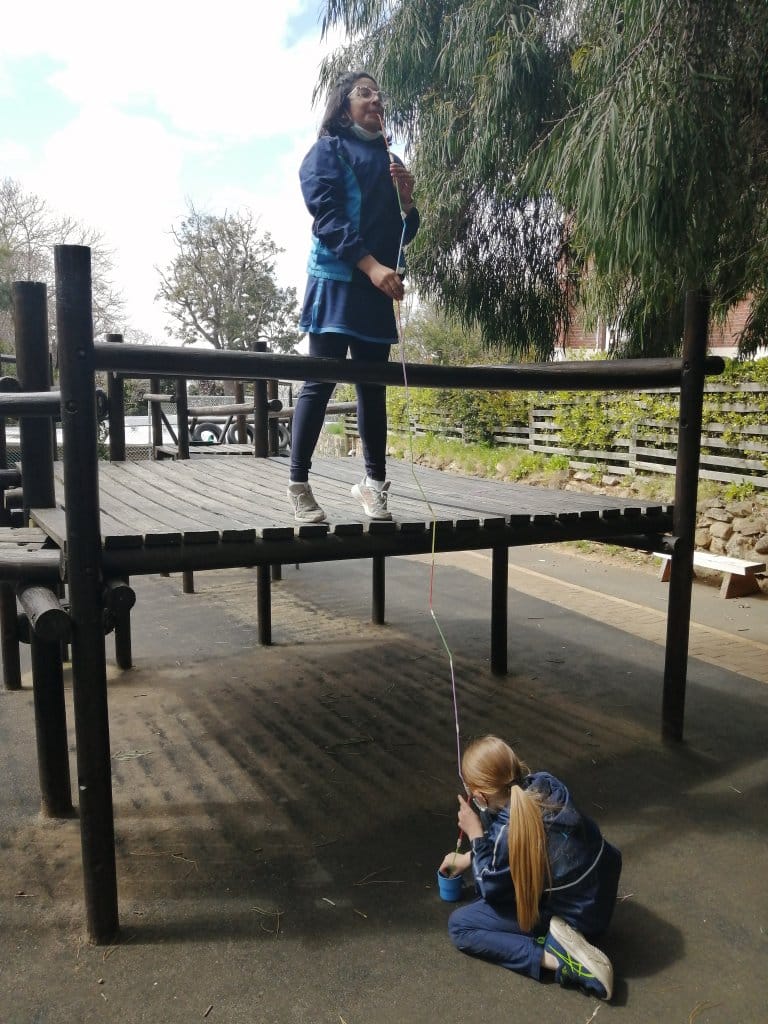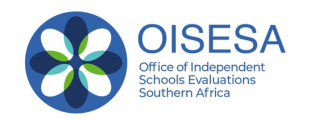2021 was a year of many challenges, but one challenge ISCT took on this year was to begin the implementation of the STEAM program into our curriculum (to learn more about what STEAM is see the link to our website here).
We started the year off with a whole school STEAM challenge. This gave the students their first opportunity to take on a problem and solve it using key STEAM principles such as trial and error, collaboration and improving work. As you can see, there was much enthusiasm and we wished to continue that throughout the Key Stages.
Mr. Rob Tait & Khuselo Jadezweni, ISCT STEAM Leader
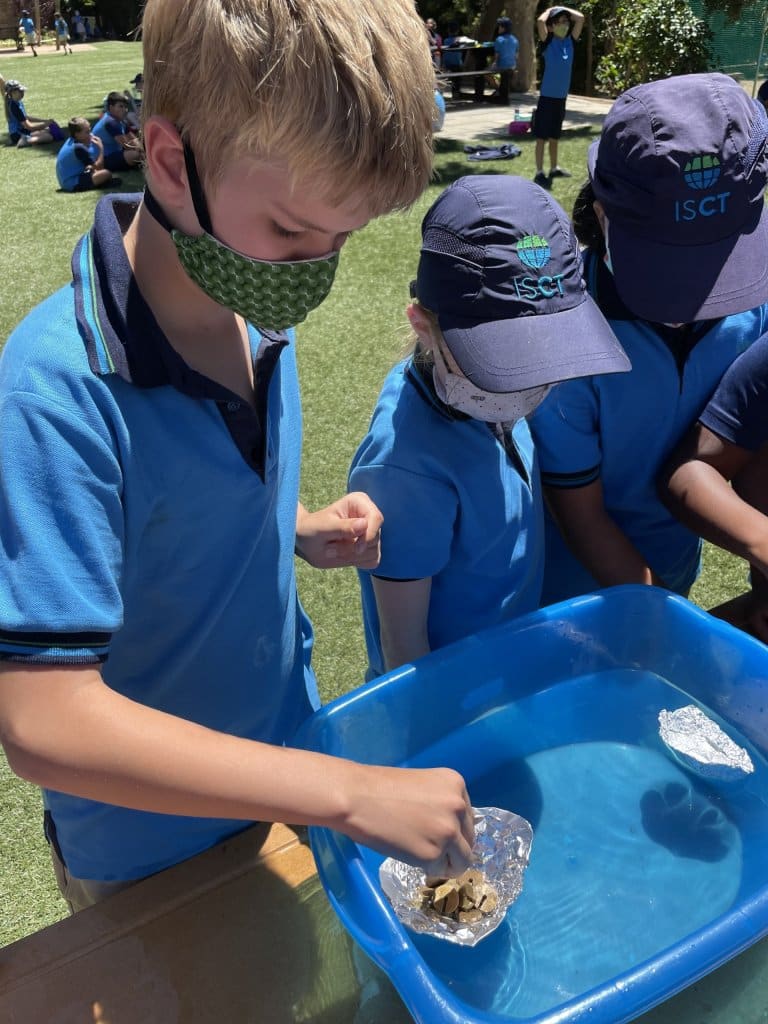
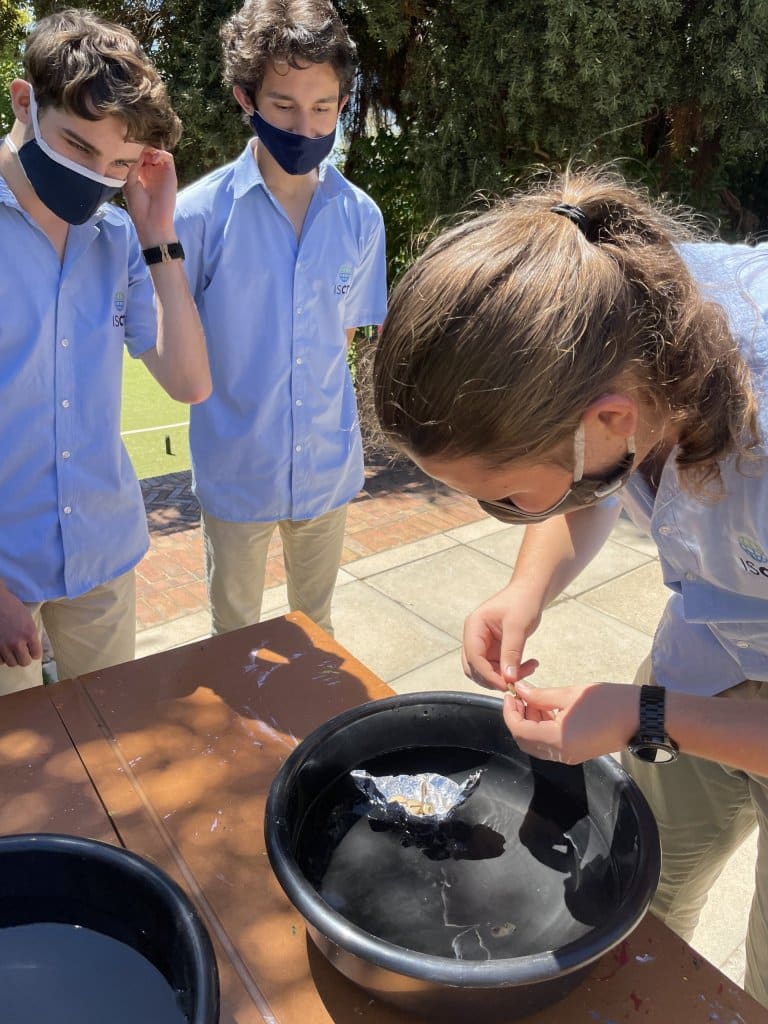
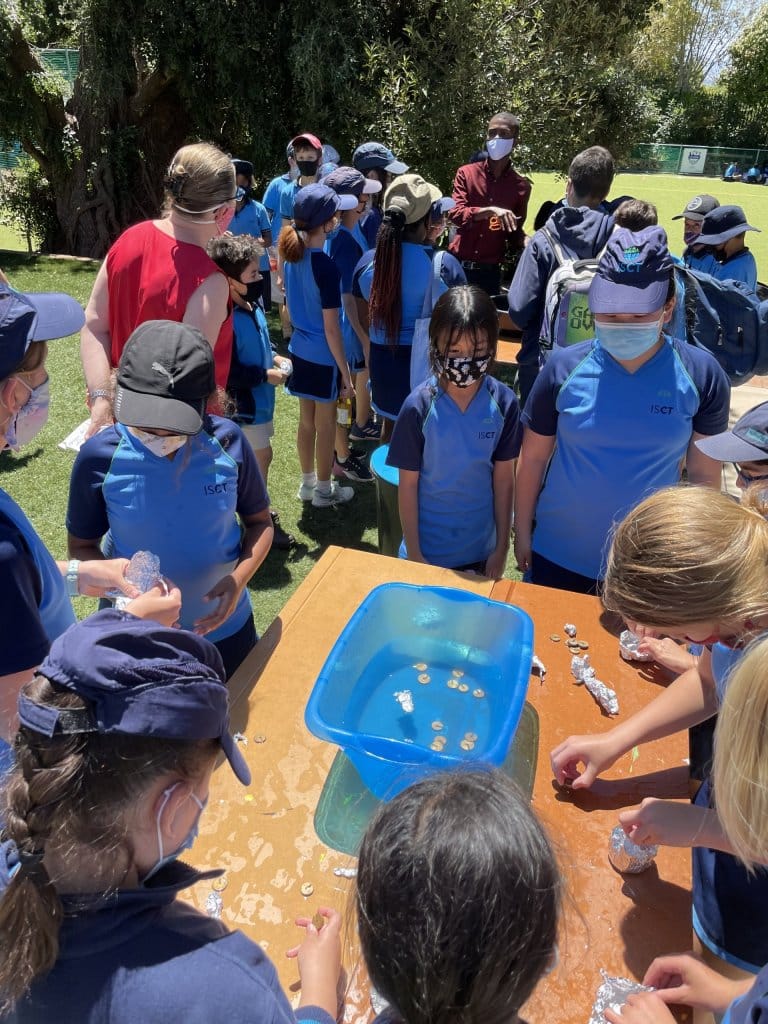
In KS1 Year 2L and 2K had SO much fun with Mr Jadezweni presenting our first STEAM challenge for the year! They loved expanding their knowledge of floating and sinking.
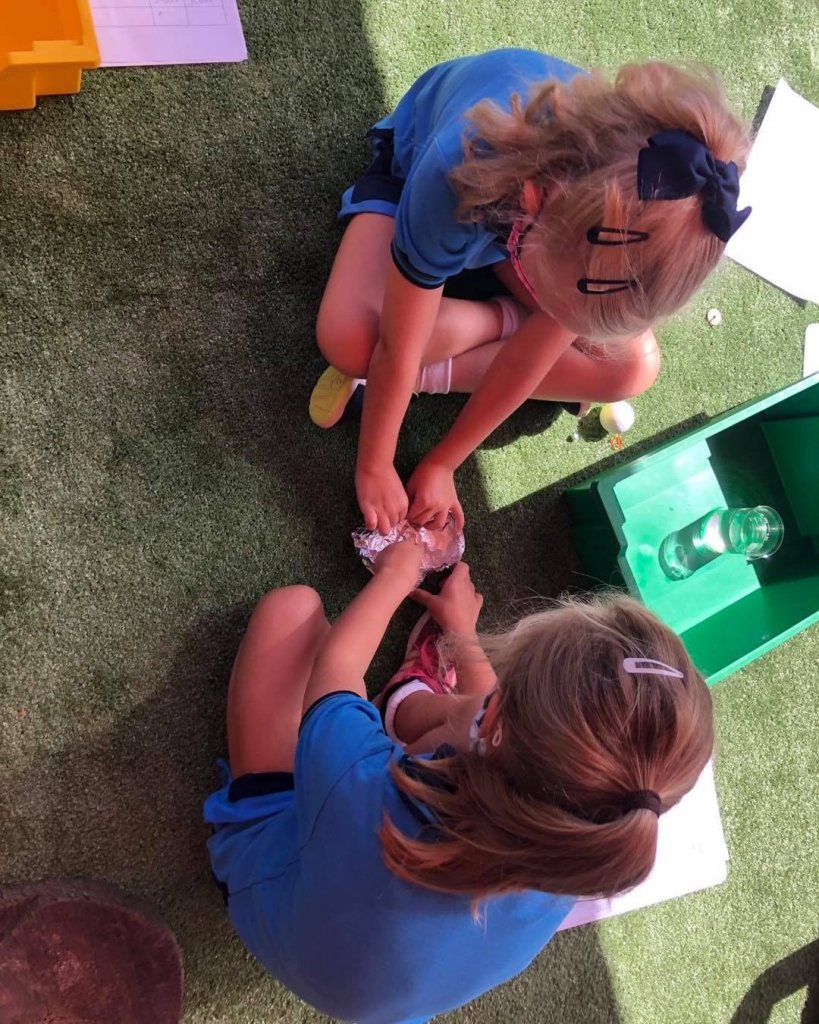
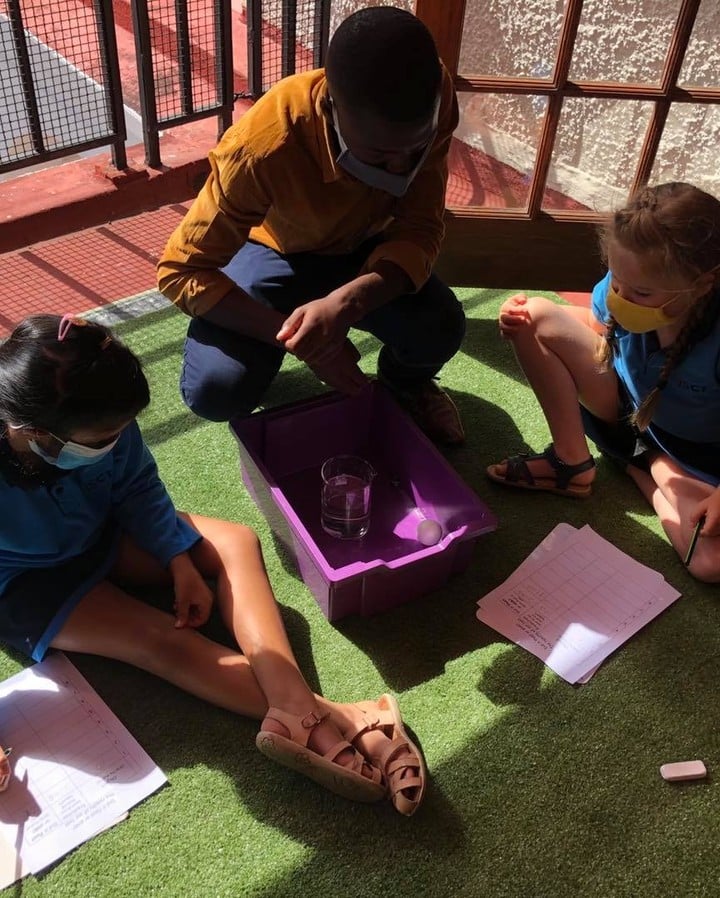
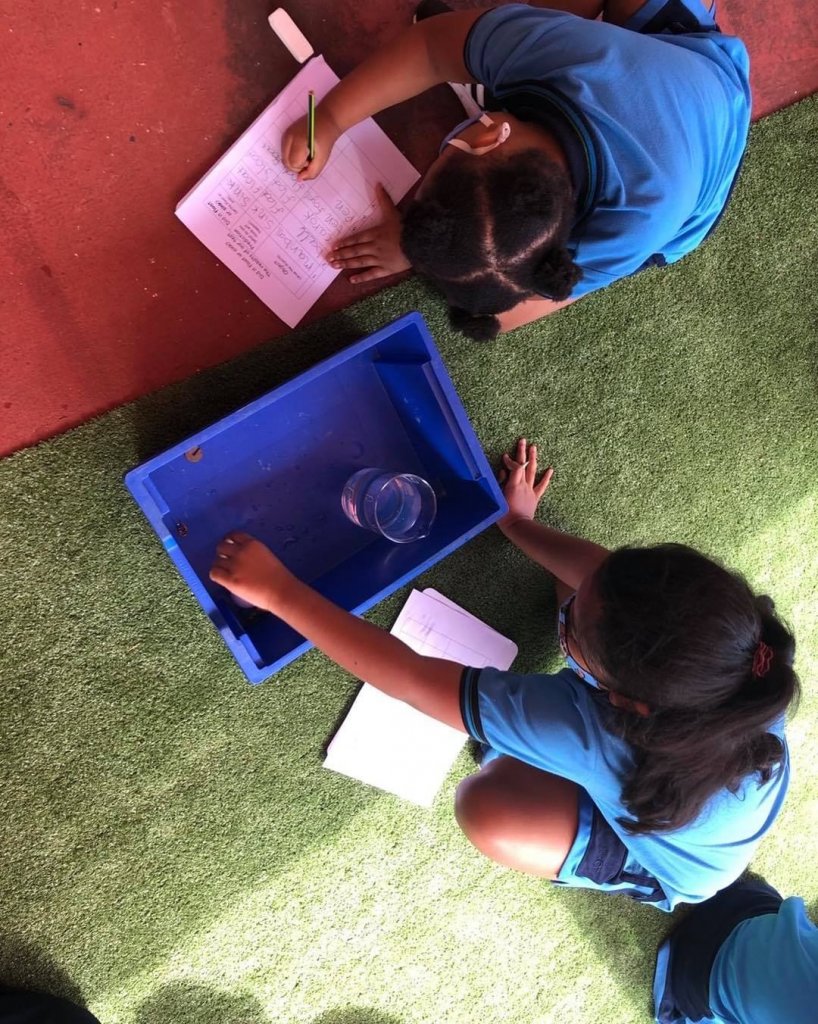
After mastering their understanding of floating and sinking, students managed to act on their new knowledge and produce improved boat designs. The Y2s continued their journey through learning about liquids by investigating different liquid properties. They discovered how to describe how liquids look, feel and smell. The properties were then used to discover a new term called “viscosity“. We then inquired how liquid properties influence a liquid’s viscosity through a liquid race using a wooden ramp. The students had so much fun timing (in Mississippi’s) the time taken by each liquid to flow down the ramp!
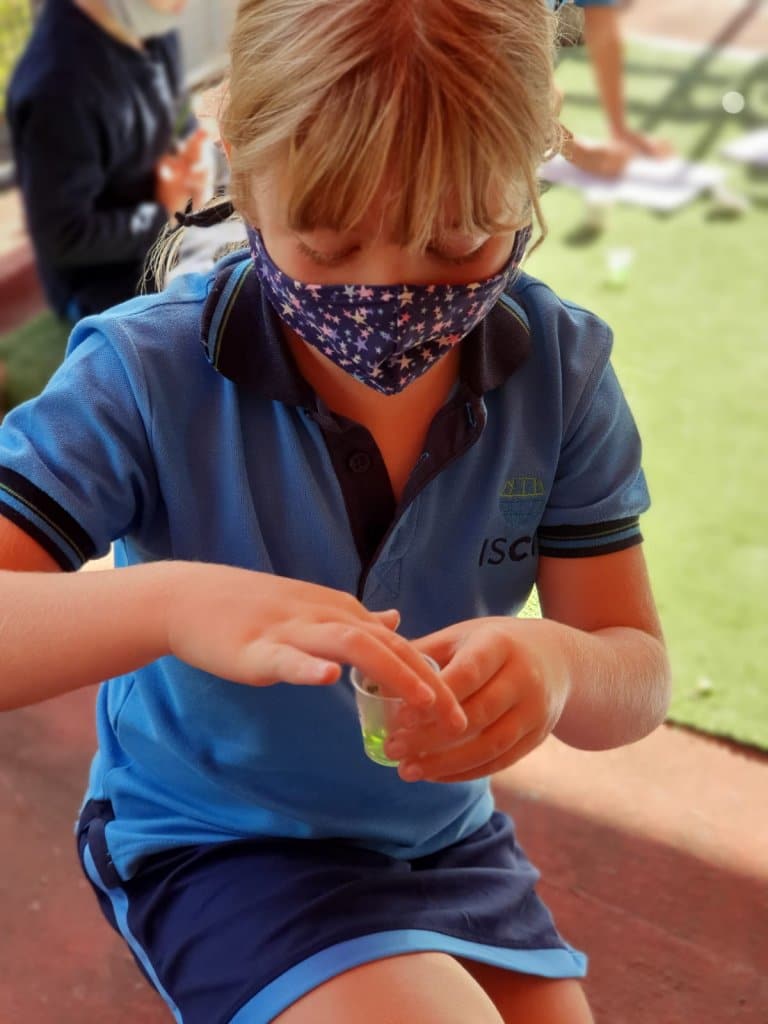
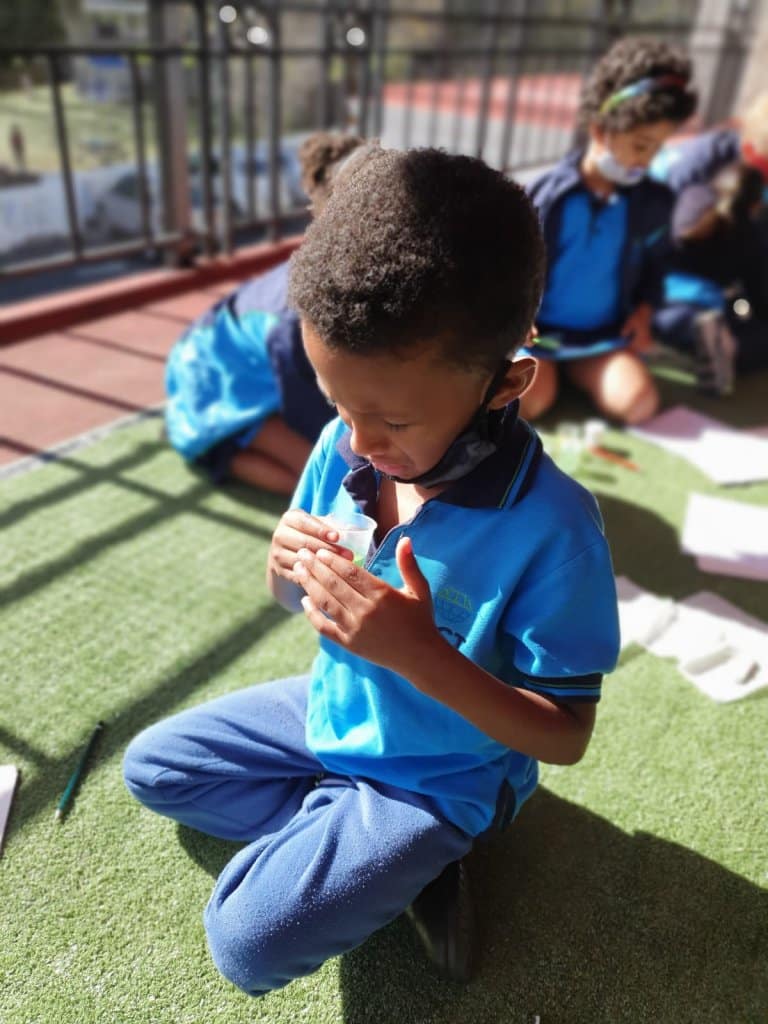
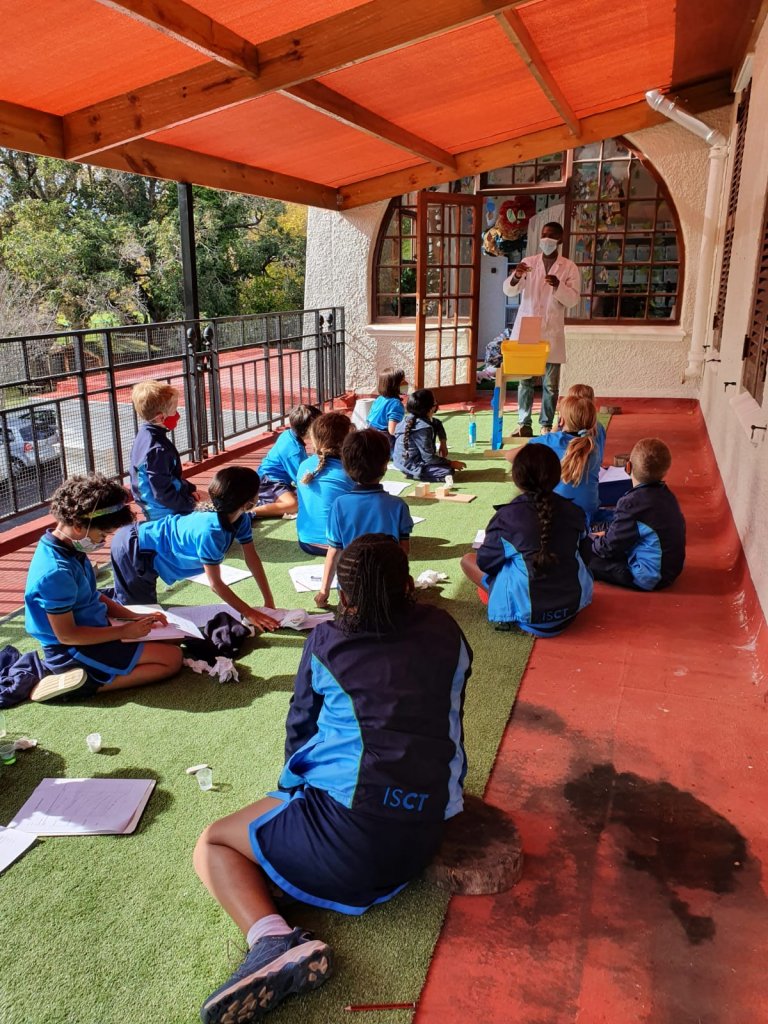
With stage 4 load shedding bearing down upon us late in Term 1, the KS1 students learnt how to manipulate liquid properties to create their very own lava lamps using ordinary kitchen appliances!
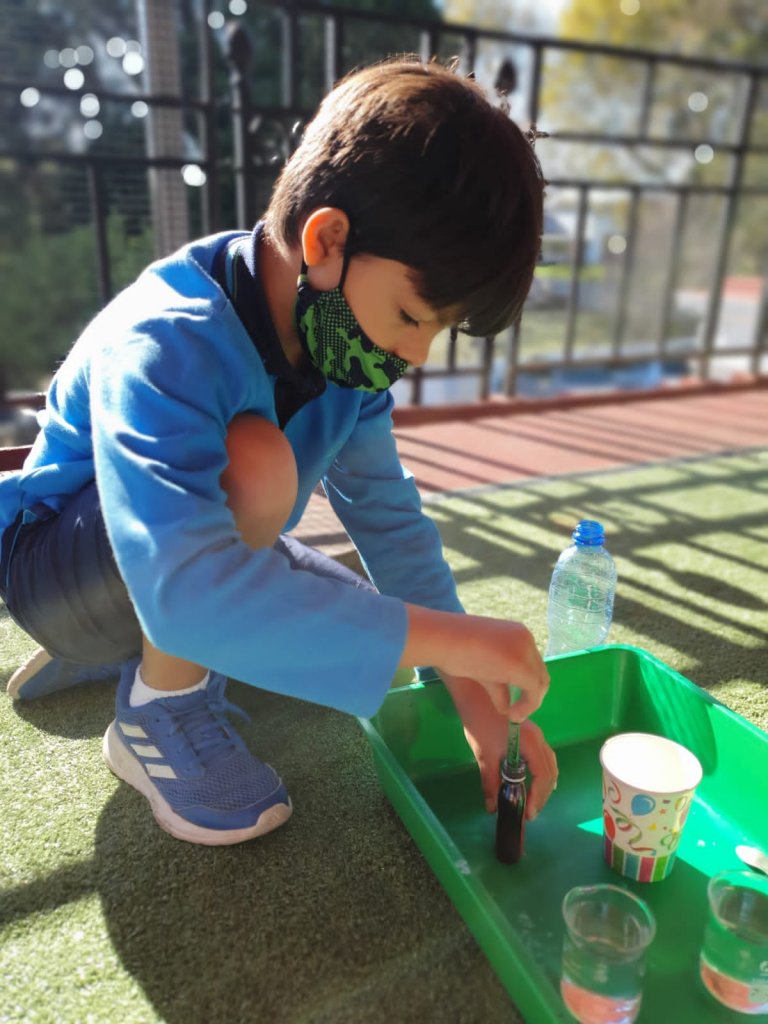
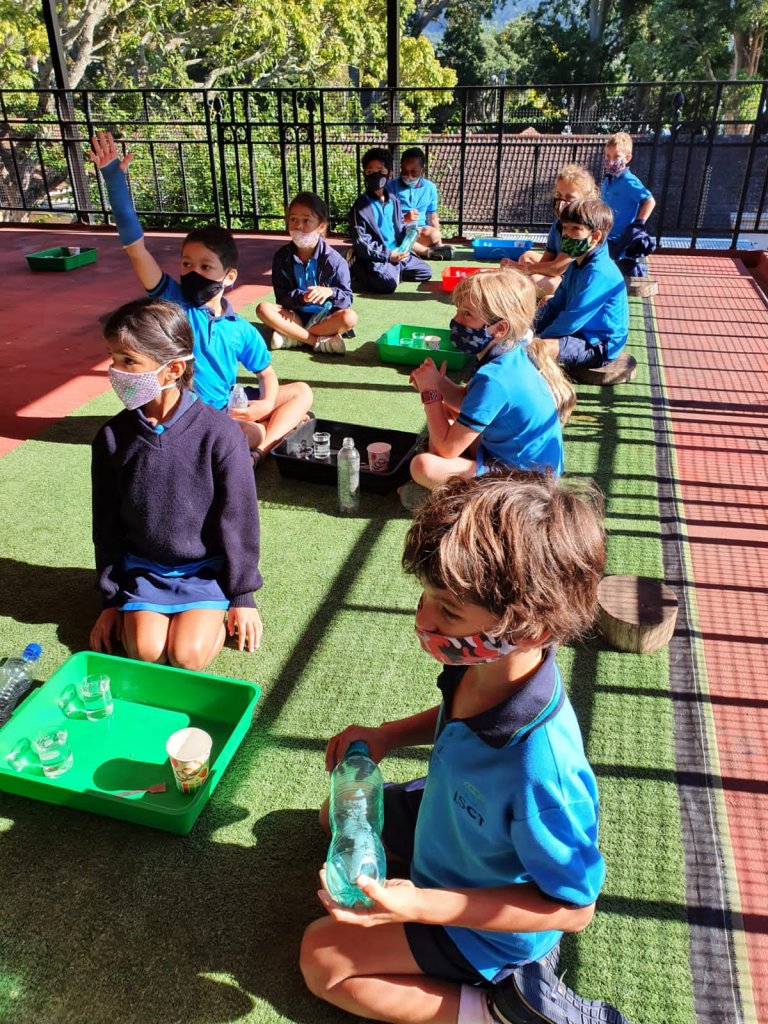
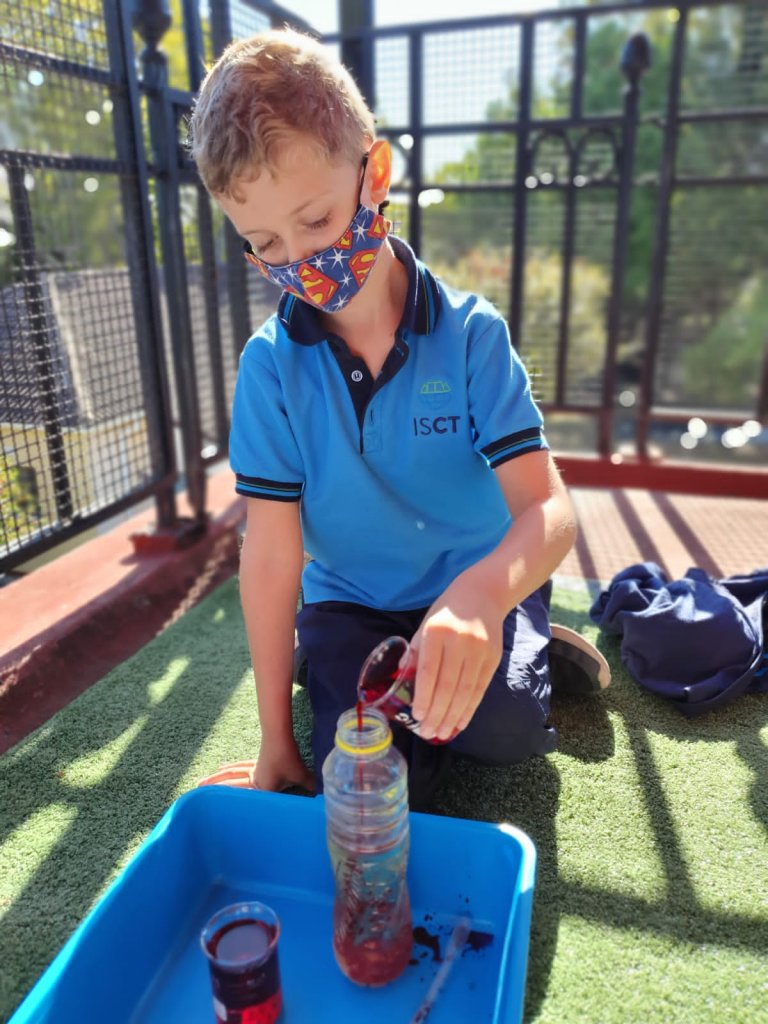
Meanwhile, the Year 1 classes had had an exciting challenge over the first two weeks of Term 2. They were stuck on a stormy, tropical island and had two challenges to help themselves find a way off.
First they tested different materials for sending messages in a bottle and whether they would last in stormy seas. Then using their knowledge, they built rafts made of different materials and investigated which of them stood the ‘tank test’ 😳 It was so much fun!
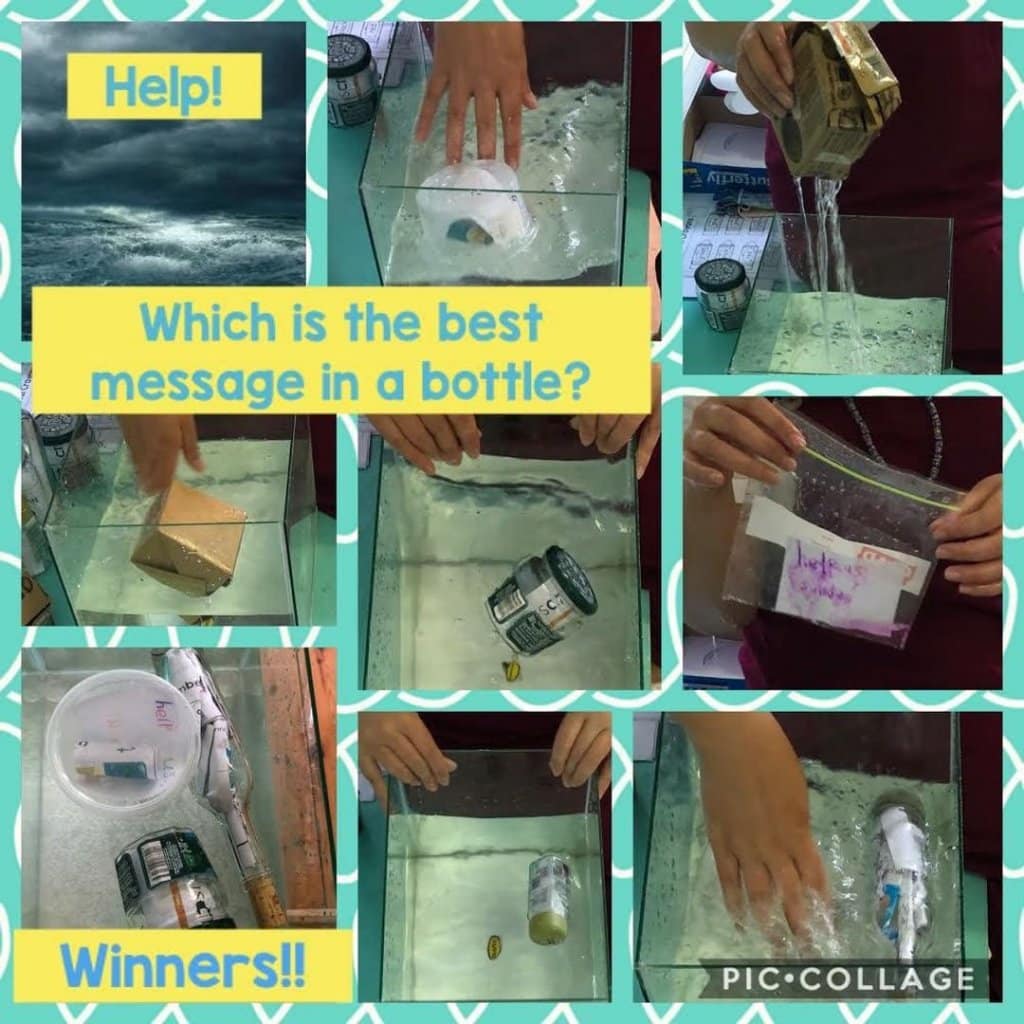
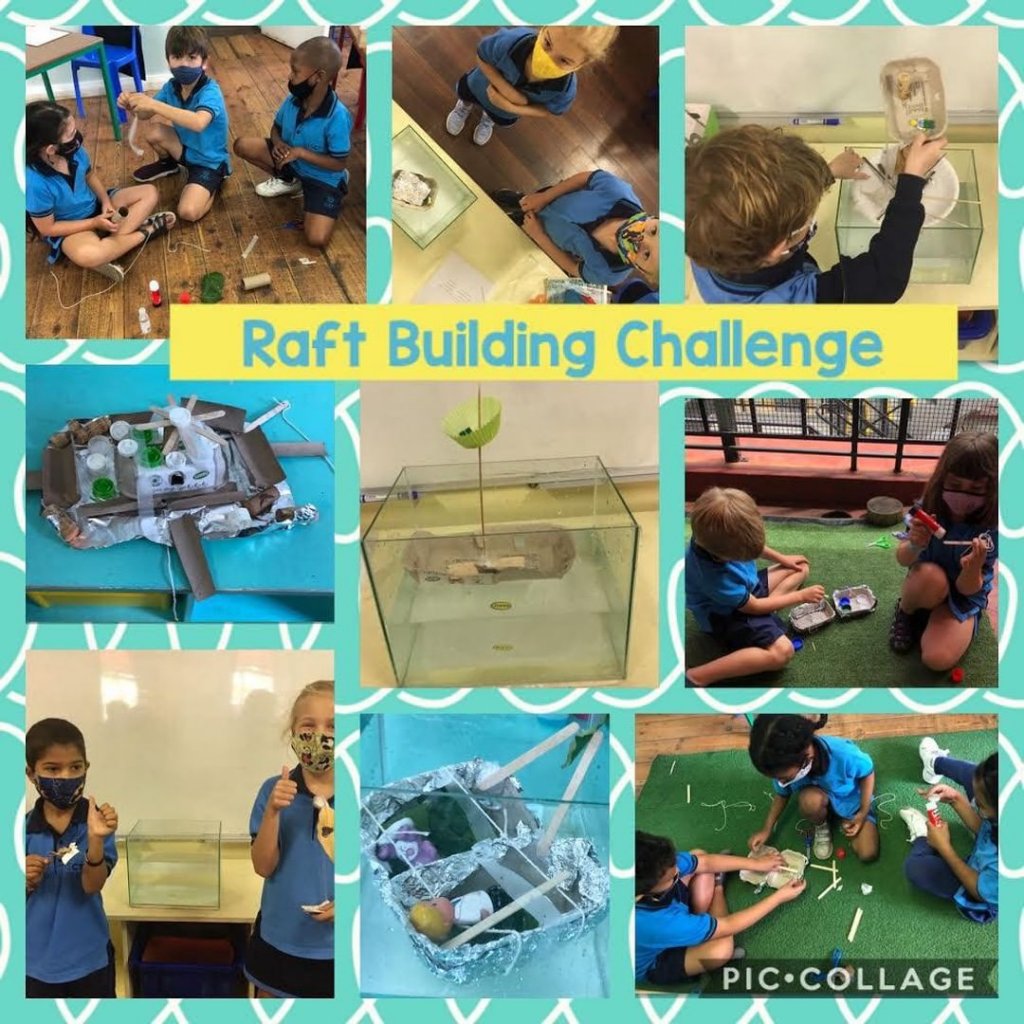
In KS2, students had the opportunity to take part in an ECA in which they could try out a number of STEAM problems. Each year group then got to spend a term taking a deeper dive into a STEAM related problem. The Year 5s took inspiration from the greenhouses in the Netherlands to help to grow crops more efficiently. They then built their own greenhouses and began to program our Mircobit mini computers to sense when their soil needed watering.
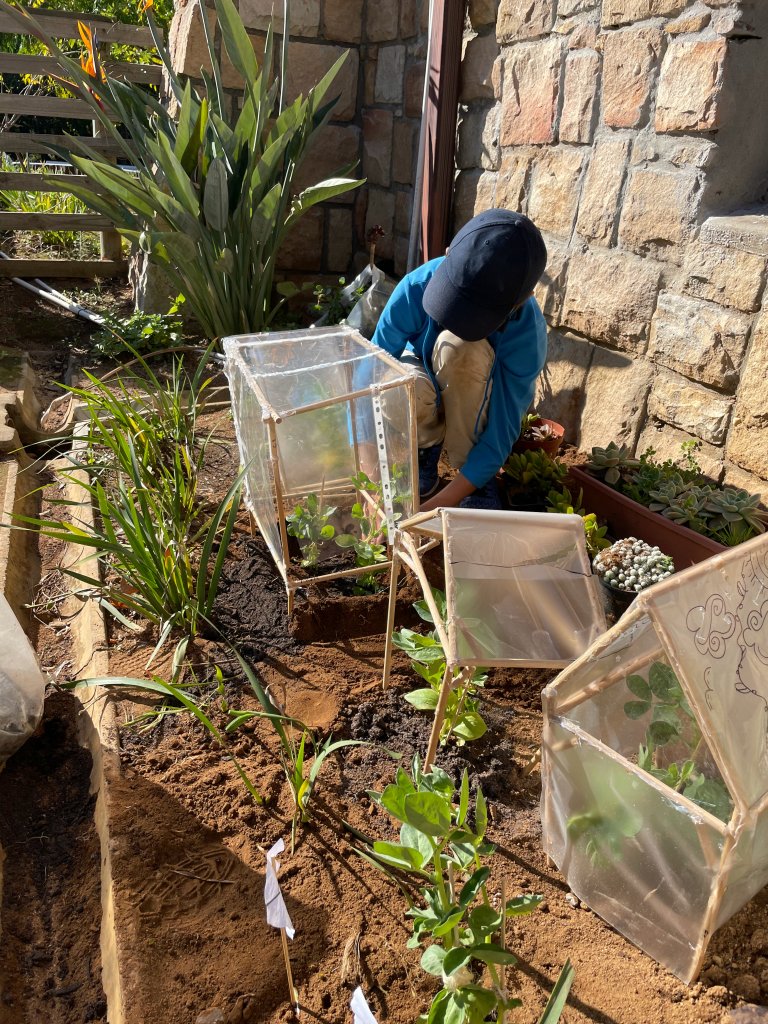
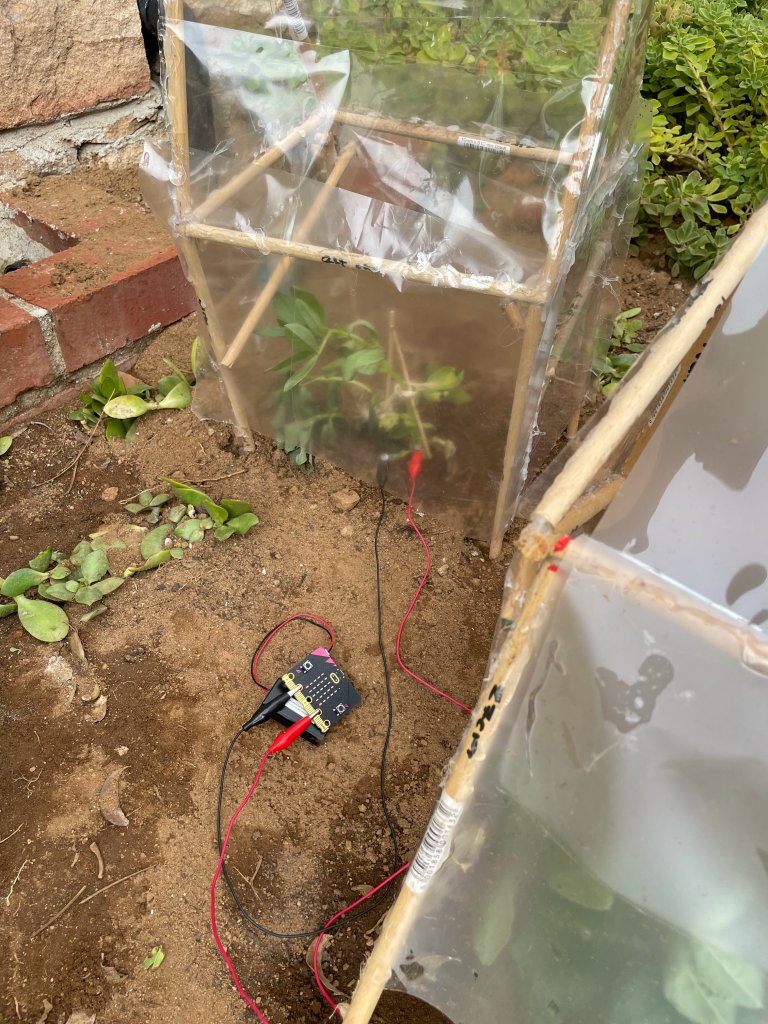
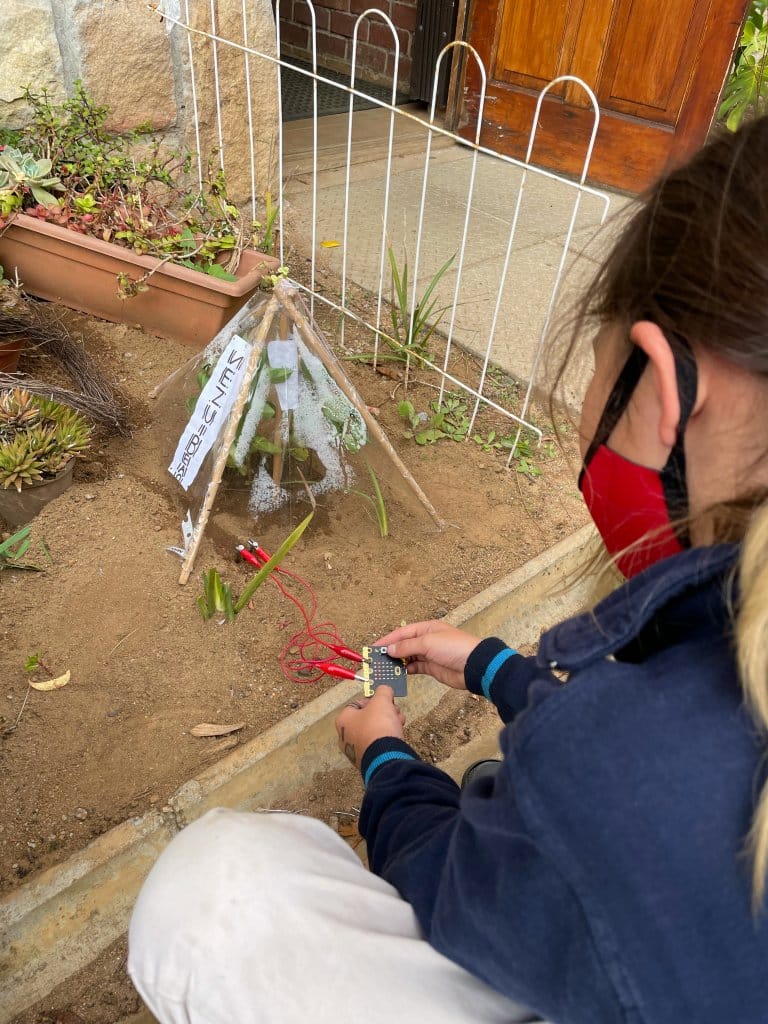
Fitting in with their topic on natural disasters, the Year 4s had to design and build a structure to support a building throughout an earthquake. They then tested their design using the Science Journal app to measure how much they reduced an earthquakes shockwave.
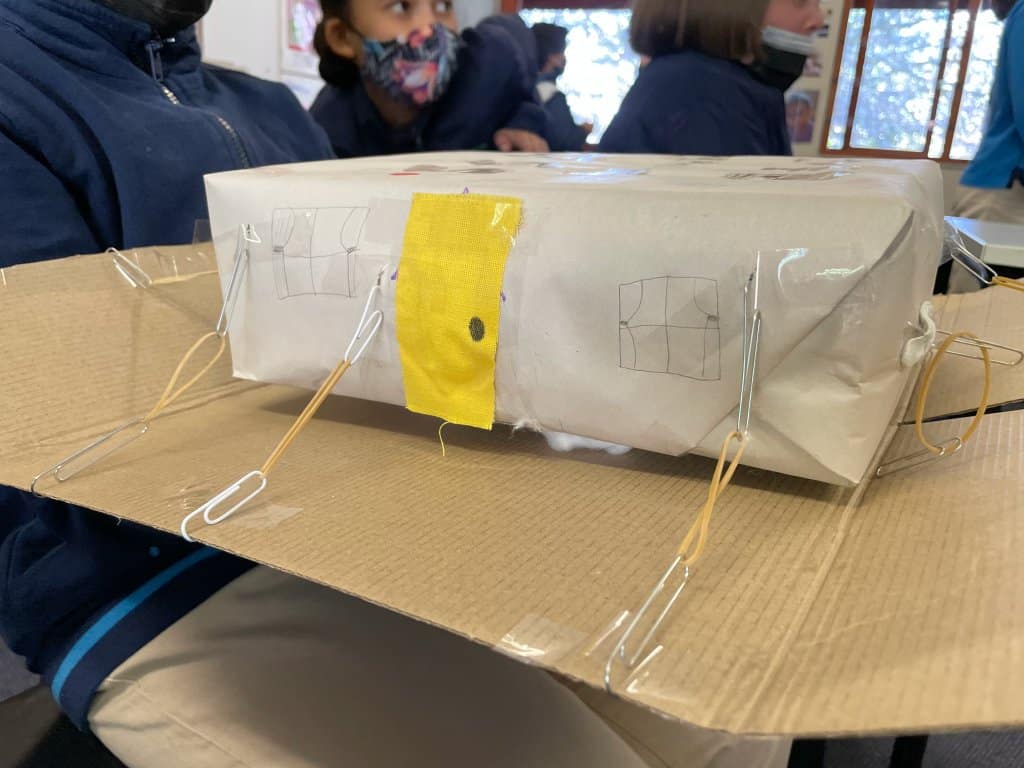
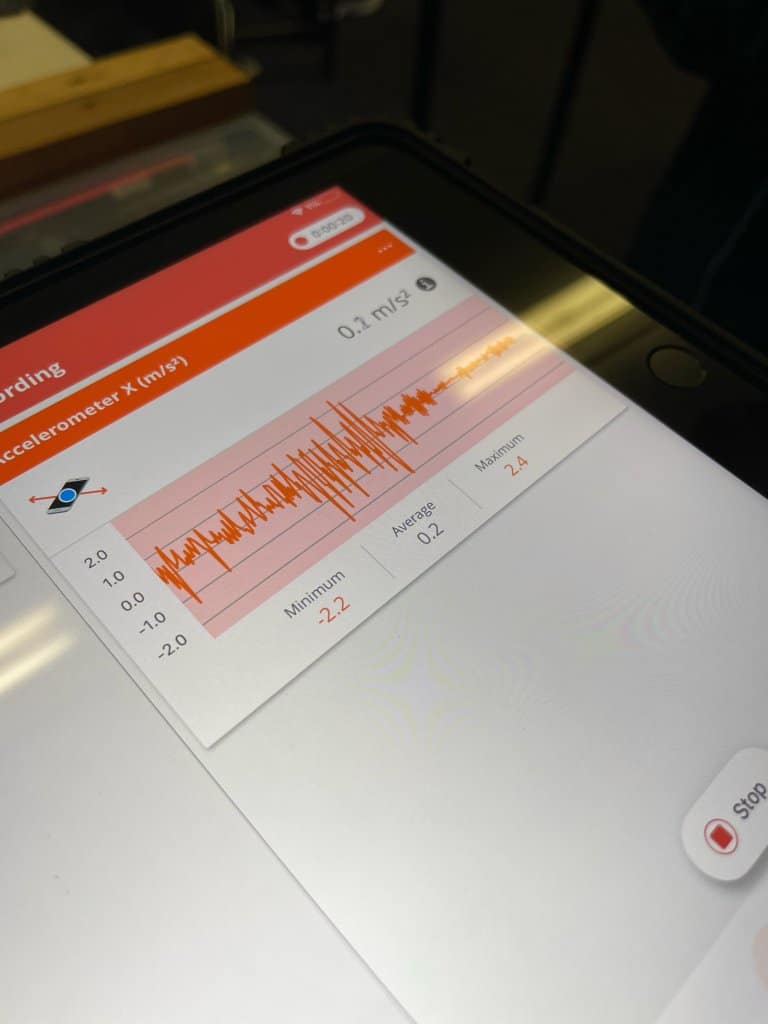
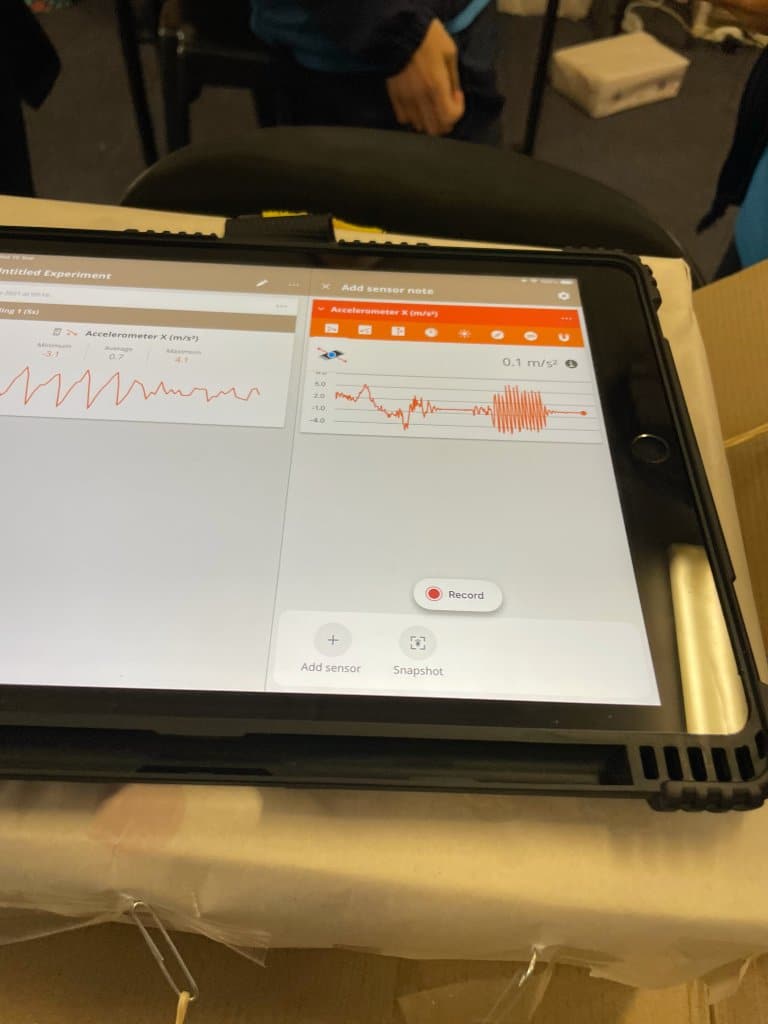
Year 3 designed and built a rubber band car that will be able to move on different surfaces. They then used Scientific testing to measure how well the car travelled and learnt about how forces impact the cars movement.
In the High School, the tech team led by Mr Hillebrand, continue to amaze with their sound, lighting and media work, regularly problem solving to make assemblies and events flow seamlessly.
Our next steps as a school is to extend the STEAM program further into KS3 and 4. We will aim to do this by getting students to solve real world problems that align with our implementation of the UN’s sustainable goals. We will also be looking to extend our resource and knowledge base with further professional development.
We have been impressed with a number of teachers beginning to modify their previous planning to include more STEAM based learning opportunities as well as the enthusiasm of the students to creatively solve STEAM problems. Bring on 2022!
